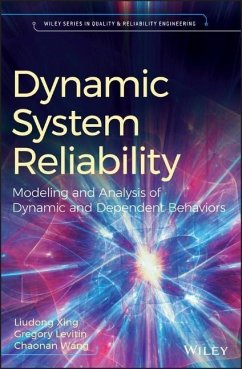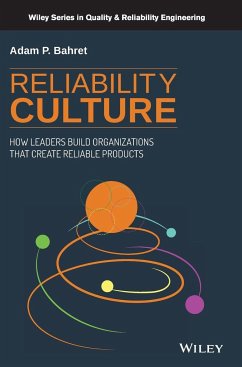
Product Maturity 1
Theoretical Principles and Industrial Applications
Versandkostenfrei!
Versandfertig in über 4 Wochen
159,99 €
inkl. MwSt.
Weitere Ausgaben:

PAYBACK Punkte
80 °P sammeln!
Every parent is concerned when a child is slow to become a mature adult. This is also true for any product designer, regardless of their industry sector. For a product to be mature, it must have an expected level of reliability from the moment it is put into service, and must maintain this level throughout its industrial use.While there have been theoretical and practical advances in reliability from the 1960s to the end of the 1990s, to take into account the effect of maintenance, the maturity of a product is often only partially addressed.Product Maturity 1 fills this gap as much as possible...
Every parent is concerned when a child is slow to become a mature adult. This is also true for any product designer, regardless of their industry sector. For a product to be mature, it must have an expected level of reliability from the moment it is put into service, and must maintain this level throughout its industrial use.
While there have been theoretical and practical advances in reliability from the 1960s to the end of the 1990s, to take into account the effect of maintenance, the maturity of a product is often only partially addressed.
Product Maturity 1 fills this gap as much as possible; a difficult exercise given that maturity is a transverse activity in the engineering sciences; it must be present throughout the lifecycle of a product.
While there have been theoretical and practical advances in reliability from the 1960s to the end of the 1990s, to take into account the effect of maintenance, the maturity of a product is often only partially addressed.
Product Maturity 1 fills this gap as much as possible; a difficult exercise given that maturity is a transverse activity in the engineering sciences; it must be present throughout the lifecycle of a product.














